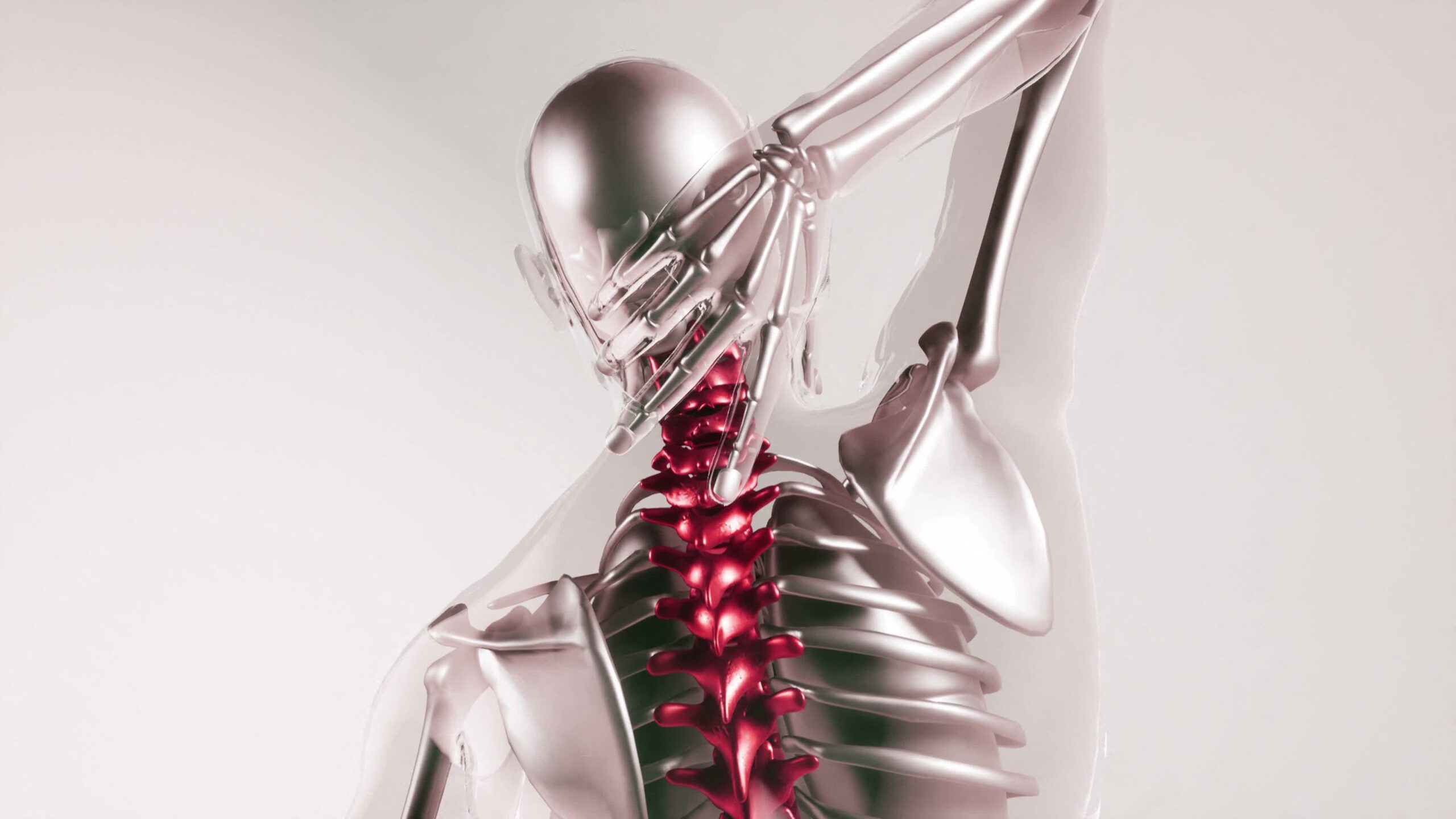-

 Entertainment1 week ago
Entertainment1 week agoHollywood HookUps: Drew Carey Finds Love Again, Dani Bowman Splits Over Beliefs and Kristen Stewart Ties The Knot
-

 Celebrity News3 days ago
Celebrity News3 days agoKourtney Kardashian Caught in the Middle as Exes Scott Disick and Travis Barker Refuse to Play Nice
-

 TV Shows1 week ago
TV Shows1 week agoKelly Reilly and Cole Hauser Make Big Demands as ‘Yellowstone’ Spinoff Heats Up
-

 News1 week ago
News1 week agoHow Much Beyoncé, LeBron, and Lady Gaga Were Secretly Paid by Kamala Harris’ Campaign
-

 Celebrity News1 week ago
Celebrity News1 week agoKeith McNally Claims He Had Teenage Affair With Alan Bennett in Explosive Memoir
-

 News1 week ago
News1 week agoMegyn Kelly Criticizes Michelle and Barack Obama’s Marriage: “They Married the Wrong People”
-

 News1 week ago
News1 week agoNew Files Reveal Investigators Suspected High-Level Conspiracy in Robert F. Kennedy’s 1968 Assassination
-

 Celebrity News1 week ago
Celebrity News1 week agoZak Starkey Fired and Rehired by The Who After Onstage Blowup With Roger Daltrey
-

 News1 week ago
News1 week agoScott Peterson Breaks His Silence as New Evidence Could Clear His Name
-

 News1 week ago
News1 week agoUFO Researcher Says The Vatican Is Hiding The Truth About A Sighting
-

 Celebrity News1 week ago
Celebrity News1 week agoKim Kardashian’s Secret Romance With Mystery Businessman Ends Over Fame Pressure
-

 News1 week ago
News1 week agoInside the Secretive Process to Choose the Next Pope After Francis’ Death













